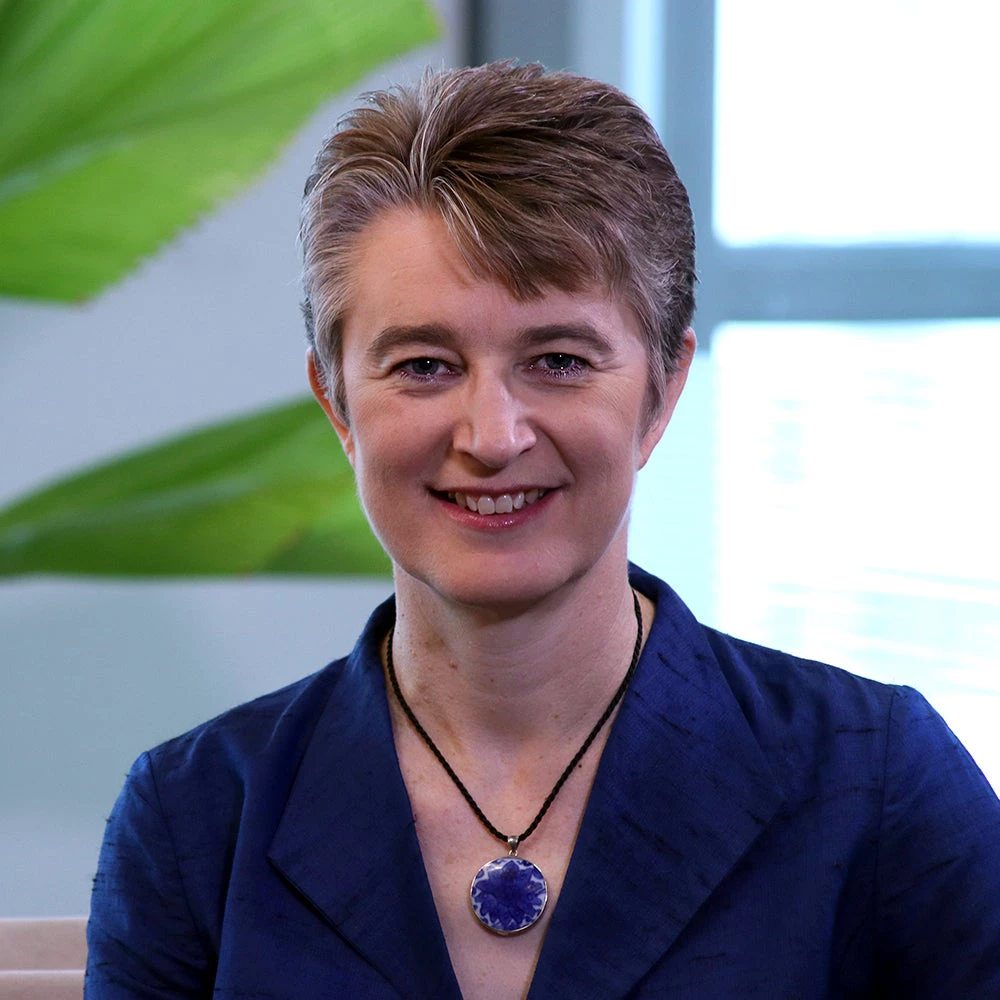 |
| Much that remains of Beichuan, China from the earthquake, is buried – reclaimed by the environment. |
Yesterday, standing on the road above the town looking down at the remains, it was hard to believe the extent to which the town has already been reclaimed by the environment. Much of the rubble is buried by meters and meters of mud that slid down the towering mountain slopes during the summer rains or has washed out of Tangjiashan, the massive barrier lake that formed just upstream of Beichuan.
Standing there, I could imagine that fifteen years from now this place will no longer exist at all, except as a memory. The mountains will have reclaimed it as their own.
 |
| Beichuan County Governor Jing Dazhong, a local resident of the town before the earthquake, explains to World Bank President Robert B. Zoellick about his experiences during and after the earthquake. |
Inside the center, an elderly woman from the Qiang Ethnic Minority was teaching young women traditional embroidery. As embroidery is one of my own hobbies, I was particularly interested in the techniques they were learning, and I chatted with a few of the women to find out more. They said that they were beginners – they had never been interested in embroidery before, but now they needed new job skills. They felt that if they practiced hard enough, they would be able to prepare embroidery pieces at home to sell to the small ethnic clothing factory that had started production in the temporary town. We also visited the factory and watched several young women with treadle sewing machines busily piecing together colorful ethnic costumes decorated with braids and embroidery.
 |
| A young woman in Leigu Township sews together colorful ethnic costumes decorated with braids and embroidery. |
The World Bank's earthquake team has been working very hard over the past few months, helping Sichuan and Gansu Provinces put together a reconstruction project that will be financed by a $710 million IBRD loan. While a lot of the time we spend out in the earthquake-affected areas is dedicated to discussions on financing, technical standards and other project-related issues, we also have the opportunity to observe life beginning to return in the earthquake area, slowly but surely.


Join the Conversation